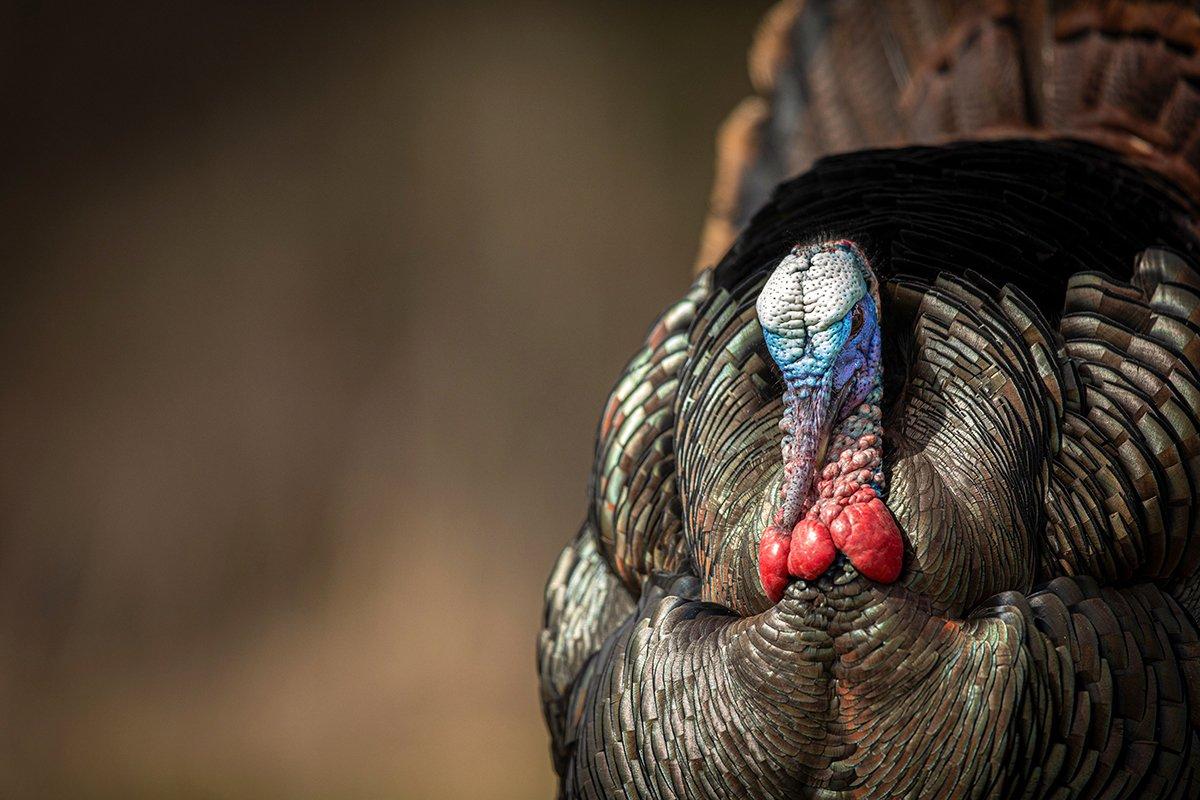A roundup of Realtree turkey hunting news ...
As we ease into the offseason, looking forward to fall turkey hunting, here's a roundup of some newsmaking conservation and management trends regarding America's favorite gamebird.
Arkansas Harvest Numbers Drop — Is Baiting to Blame?
Arkansas hunters killed and checked in 7,010 Eastern wild turkeys during the 2021 spring season, which ended May 9. While the harvest showed a similar decrease to that of surrounding states, Arkansas Game and Fish Commission (AGFC) biologists are hopeful for the future, the Newton County Times reported.
We did expect to see a decline in checked birds this year, Jeremy Wood, AGFC Turkey Program coordinator, said. With conservative season dates and new regulations in place to spread hunting pressure, we tried to give turkeys as much of a chance as we could to breed and create future hunting opportunities while maintaining a reasonably good hunting experience. We have to think about the resource first if we want to see the population increase.
Some other numbers did rise though: Arkansas turkey baiting violations. And that has wildlife biologists and wildlife enforcement officers concerned. Read more here.
[Don't Miss: History's Biggest Turkey Poaching Busts]
Ohio and the Eastern Wild Turkey Decline
Ohio's 2021 spring wild turkey season ended with 14,541 birds taken, according to the Ohio Department of Natural Resources. With staggered dates, the Buckeye State's spring hunt concluded Sunday, May 30, in the designated northeast zone, and Sunday, May 23, in the south zone.
In contrast, 2020 hunters took 17,894 wild turkeys during the spring hunting season.
The top 10 counties for wild turkey harvest during the 2021 spring hunting season include: Columbiana (454), Belmont (444), Meigs (437), Tuscarawas (417), Jefferson (408), Monroe (408), Ashtabula (401), Washington (398), Guernsey (378), and Muskingum (373).
Wild turkey populations appear to have declined in much of the eastern U.S., including Ohio, said Division of Wildlife Chief Kendra Wecker. The Division of Wildlife, in consultation with the Ohio Wildlife Council, other state wildlife agencies, and our non-government wildlife partners, will be examining if further conservation measures are needed to stabilize and improve Ohio's wild turkey population.
[Don't Miss: After Turkey Season: Do This, Not That]
Help Out with Osceola Turkey Management
Wild turkey hunters are notorious for keeping the location of their turkeys a secret before and during the season, but as conservationists, we can help wildlife officials by telling them where we've seen birds.
By reporting all wild turkeys you've spotted during your normal daily activities from June 1 to Aug. 31, you can assist biologists in learning more about Florida's wild turkey population. Learn more.
The Florida Fish and Wildlife Conservation Commission (FWC) is interested in sightings of hens with and without poults, and male turkeys (jakes and gobblers) from all regions of the state, including rural and developed areas.
One note, the state advises: When reporting numbers of poults, be sure to look carefully because young birds may be difficult to see in tall grass or brush.
The Sunshine State is home to a healthy wild turkey population. Flocks occur throughout Florida and prefer open forests and forest edges. FWC biologists conduct this survey each year to learn more about annual nesting success, brood survival, and the distribution and abundance of wild turkeys. See a summary of the 2020 Wild Turkey Summer Survey.
In addition to Florida, numerous brood surveys are underway across the United States, often with the assistance of citizen surveyors and volunteers during the summer months. It's both cost efficient and a contributing factor to management and conservation efforts. Check out your state's wildlife commission website today and help out.
What makes Realtree.com the best online resource for turkey hunters? See for yourself. We cover all things turkey right here.







